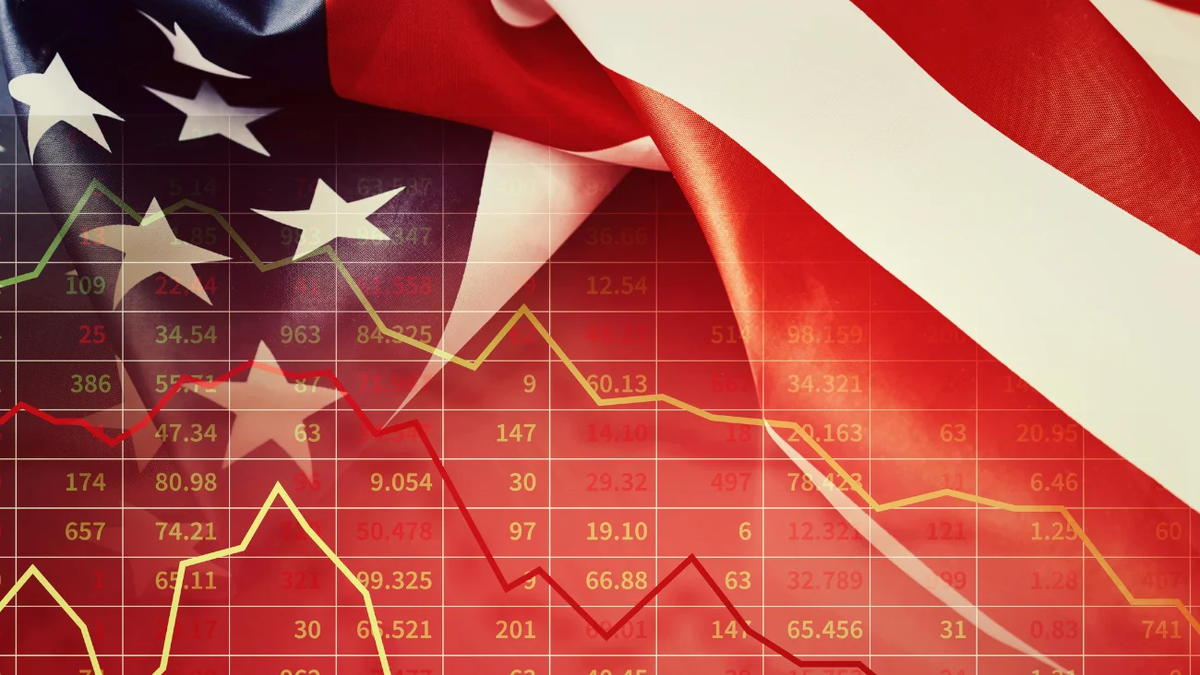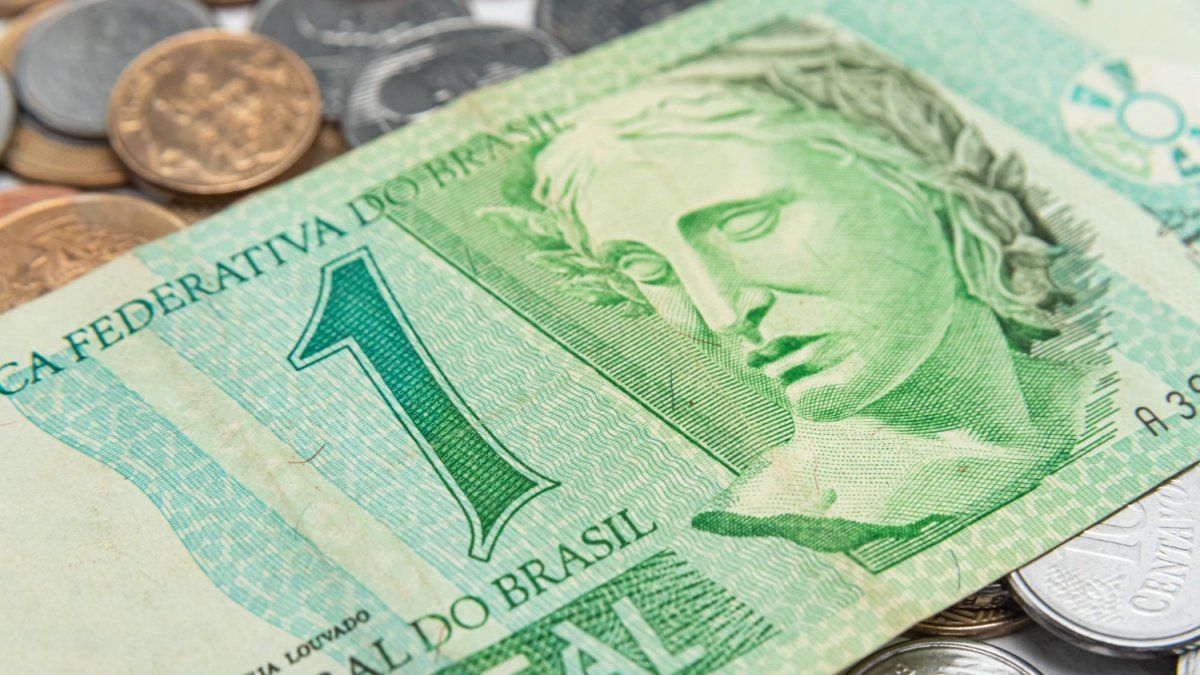The preliminary estimate of the Gross Domestic Product (GDP) of the Fourth Quarter of the US, provided by the Office of Economic Analysis, He showed that the economy grew at an annualized rate of 2.3% during the periodbelow the 2.6% growth expected by economists surveyed by Bloomberg. This figure was less than 3.1% of growth recorded in the third quarter.
The increase in consumer spending and government spending promoted economic growth in the fourth quarter, while the decreases in investment countered some of the profits. In annual terms, the US economy grew at a rate of 2.8%, slightly below 2.9% recorded in 2023, but above the growth of 2.5% observed in 2022.
The rhythm of increased GDP, the main measure of the economy, slowed in the fourth quarter compared to 3.1% of the third quarter. However, the main figure was affected by the slowest inventory productionthat is, products not sold. This category is very volatile and subtracts from GDP.
The main driver of the economy, consumer spending, increased a strong 4.2% in the fourth quarterthe greatest increase in almost two years and approximately twice what is common. Household spending represents about 70% of the economy.
On the other hand, business investment first fell in two years, highlighting a continuous deceleration in US manufacturers.
The economists surveyed by the Wall Street Journal had predicted a 2.5% increase in the GDP of the fourth quarter, but that forecast was adjusted after a surprising increase in the December commercial deficit. After that report, Wall Street analysts reduced their estimates.
The economy is expected to continue growing at a rate of 2% or more in 2025, but the growth rate will depend in part on the actions taken by President Donald Trump in his second term.
Donald Trump promised to cut taxes and reduce regulations to accelerate growth that is already strong, a strategy that companies favor. However, companies also fear that tariffs threatened by the Republican can increase their costs or harm exports if other countries respond with their own tariffs.
A recent increase in inflation sum uncertainty. The annual inflation rate increased to 2.3% in the fourth quarter from 1.5% in the third quarter, which raises doubts about whether the Federal Reserve will freely freeze new reductions in US interest rates.
The strength of consumer spending also suggests that the economy does not need much help from the Federal Reserve, according to analysts.
USA: What data offered the report
On the other hand, the “core” index of personal consumption spending, which excludes the volatile food and energy categories, grew 2.5% in the fourth quarter, in line with estimates and above the registered 2.2% registered In the previous quarter.
PBI USA.PNG
The publication of the data occurs at a time when investors try to assess whether the Federal Reserve will begin to cut interest rates again.
The publication of the data occurs at a time when investors try to assess whether the Federal Reserve will begin to cut interest rates again in 2025, after keeping them stable on Wednesday. Powell said at a press conference that the economy “is still strong”, although inflation “is still somewhat high.”
“We do not need to rush to adjust our political position,” said Fed President Jerome Powell.
After the meeting of the Federal Reserve on Wednesday, the markets see less than 50% probability that the Fed cuts the rates before its June meeting, according to the CME Fedwatch tool.
Source: Ambito
I am a 24-year-old writer and journalist who has been working in the news industry for the past two years. I write primarily about market news, so if you’re looking for insights into what’s going on in the stock market or economic indicators, you’ve come to the right place. I also dabble in writing articles on lifestyle trends and pop culture news.




